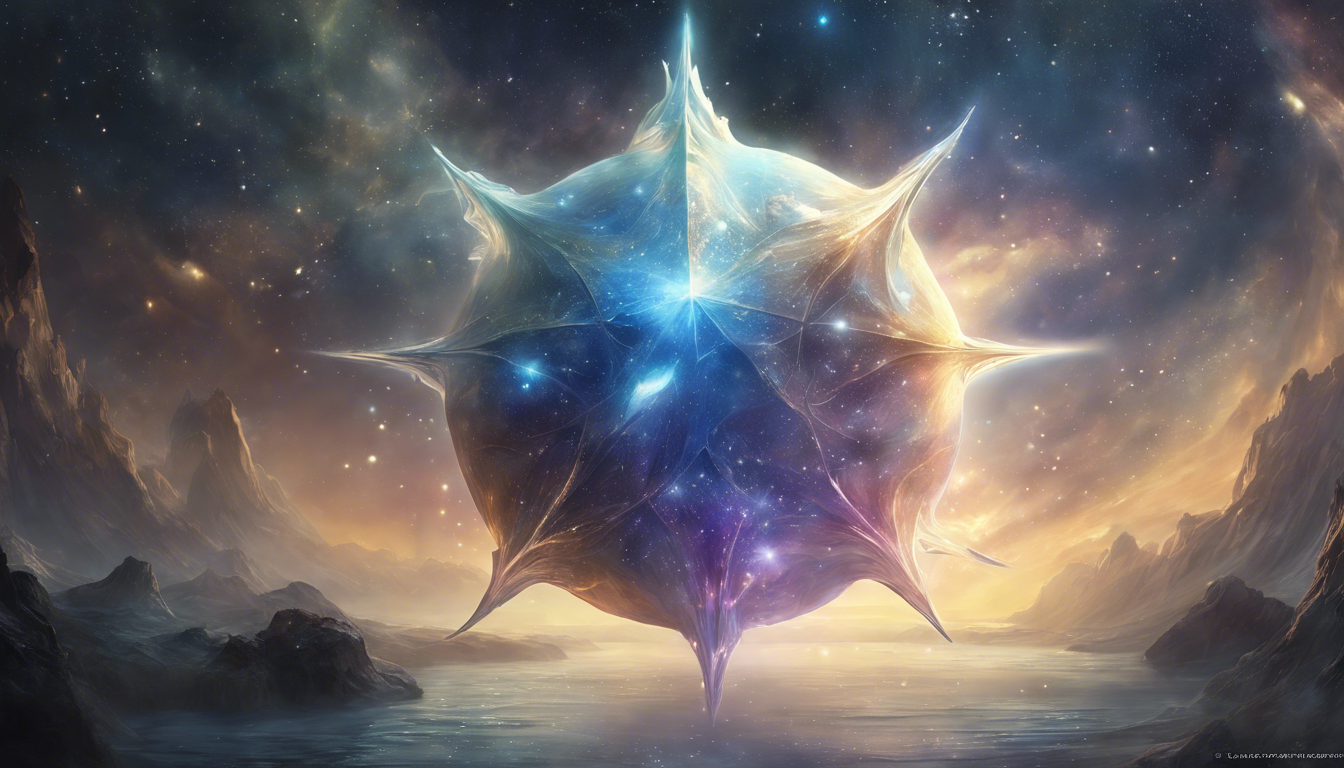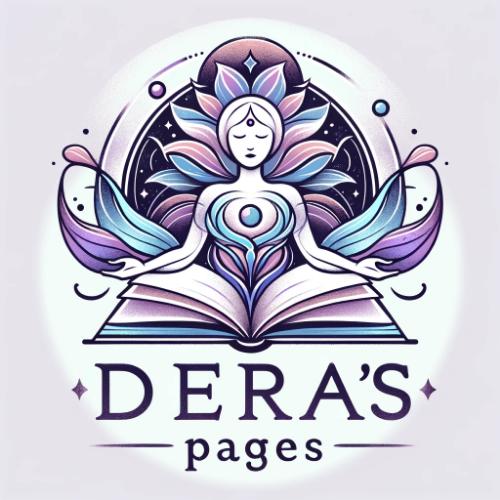The Symbolic Meaning of Stars
The Celestial Wonder
Stars have always captivated the human imagination. Throughout history, they have served as a source of inspiration, guidance, and wonder. From their twinkling presence in the night sky to their astronomical formation, stars carry a deep symbolic meaning that extends beyond their scientific significance. Let’s explore the symbolic meanings associated with stars and how they have influenced various cultures and belief systems.
Guiding Light
For centuries, stars have been used as guides for navigation. Sailors and travelers would look up to the stars to determine their direction and navigate their way across vast oceans and deserts. In a symbolic sense, stars represent guidance and direction in our lives. Just as sailors trust the stars to lead them to their destinations, we can trust our inner guidance to navigate the twists and turns of life, even in the darkest of times.
Divine Guidance
In many spiritual and religious traditions, stars are seen as divine messengers or symbols of the divine. In Christianity, the Star of Bethlehem guided the three wise men to the birthplace of Jesus. In Hinduism, the star-shaped bindi worn by women represents energy and the third eye. Stars often symbolize the connection between the physical and spiritual realms, reminding us of our connection to something greater than ourselves.
Dreams and Aspirations
Stars are often associated with dreams, aspirations, and the pursuit of greatness. We use phrases like “reach for the stars” to encourage others to strive for their goals and aspirations. In this context, stars symbolize hope, inspiration, and the desire for a brighter future. They remind us to dream big and believe in the possibilities that lie within us.
Inner Light
Stars emit light and are often used as a metaphor for the inner light that resides within each of us. Just as stars shine brightly in the night sky, we all have a unique light within us that longs to be shared with the world. Stars remind us to embrace and nurture our inner light, to let it guide us in illuminating the path for ourselves and others.
The Power of Unity
Stars have also been symbolic of unity and interconnectedness. In constellations, stars come together to form meaningful patterns and stories. Similarly, in life, we are all connected, each playing a vital role in the intricate web of existence. Stars remind us that when we come together and unite our individual strengths, we can create something beautiful and meaningful.
In conclusion, stars hold a deep symbolic meaning that transcends their scientific significance. They represent guidance, divine energy, dreams, inner light, and the power of unity. Whether you look up at the night sky or visualize the stars within, let their symbolism inspire and guide you on your own life’s journey. Embrace the wonder and beauty that lies within the celestial light of the stars.
Stars in Different Cultures and Religions

In numerous cultures and religions around the world, stars have held a significant role and profound symbolism. From ancient times to the present day, stars have been revered and interpreted in various ways. Let’s explore the fascinating world of stars in different cultures and religions.
Astrology: The Study of Stars
Astrology, the study of celestial objects and their movements, has played a crucial role in many cultures since ancient times. It is believed that stars can influence human lives and destinies. Astrologers analyze the positions and alignments of stars to provide guidance on various aspects of life, such as relationships, career, and health. Each zodiac sign is associated with specific stars, highlighting their importance.
Stars in Mythology
In mythology, stars often represent gods, goddesses, or heroes. For instance, in Greek mythology, Orion, a great hunter, was transformed into a constellation after his death. Orion’s Belt, a prominent group of stars, is a well-known constellation visible from Earth. Similarly, in Hindu mythology, the Pleiades cluster of stars is associated with the seven sisters, known as the Krittika Nakshatra.
Stars in Religion
In different religious traditions, stars hold various symbolic meanings. For example, in Christianity, the Star of Bethlehem guided the wise men to the birthplace of Jesus. This star is believed to represent the presence of divinity and serves as a symbol of hope and spiritual awakening. In Islam, stars are mentioned in the Quran and are often associated with signs from Allah.
Stars in Indigenous Cultures
Indigenous cultures around the world have their own unique interpretations of stars. Native American tribes, for instance, believe that stars are a source of wisdom and guidance. They believe that each star has its own story and can provide insight into different aspects of life. Aboriginal cultures in Australia have dreamtime stories that connect the creation of stars to the origin of their land.
Stars have captivated human imagination since time immemorial, taking on varied meanings and interpretations across different cultures and religions. Whether as celestial guides, divine entities, or sources of wisdom, stars continue to inspire awe and wonder. Exploring the significance of stars in different cultures allows us to appreciate the rich diversity of beliefs and perspectives that exist across the globe. So, next time you gaze up at the night sky, remember the countless stories and meanings that stars hold in cultures around the world.
The Influence of Stars in Art and Literature

Starry Night: A Celestial Masterpiece
One of the most iconic paintings in the history of art, Vincent van Gogh’s “Starry Night” captures the imagination with its swirling sky filled with stars. The stars in this masterpiece symbolize the artist’s deep connection to the universe and his spiritual longing. Van Gogh’s use of bold brushstrokes and vibrant colors creates a sense of movement and dynamism, reflecting the artist’s emotional state as well as the vastness of the cosmos.
Constellations: Mapping the Heavens
Throughout history, constellations have played a significant role in both art and literature. These patterns of stars have been used to create stories and myths, serving as a guide for navigation and a source of inspiration. Artists and writers have incorporated constellations into their works to convey symbolism, depict celestial events, and explore the relationship between humans and the cosmos.
In ancient Greece, for example, the constellation Orion was associated with the mythical hunter of the same name. This constellation has been depicted in various artworks, from ancient Greek pottery to modern-day paintings, representing strength, valor, and the pursuit of glory.
In literature, constellations are often used as a metaphorical tool to convey deeper meanings. For instance, William Shakespeare explored the themes of fate and destiny in his play “Julius Caesar” through the portrayal of the constellation Cassiopeia. The constellation was believed to represent the queen tied to her throne as a punishment for her vanity, highlighting the consequences of one’s actions and the influence of the stars on human lives.
The Starry Symbolism: A Source of Inspiration
Stars have long been regarded as symbols of hope, guidance, and transcendence. In art and literature, they often serve as a source of inspiration, representing dreams, aspirations, and the pursuit of something greater than oneself.
The concept of a “star-crossed lover,” popularized by Shakespeare in his play “Romeo and Juliet,” underscores the idea of love being influenced by the stars. The tragic tale of two young lovers, whose fate is determined by celestial bodies, has captivated audiences for centuries, showcasing the enduring power of star symbolism.
The influence of stars in art and literature cannot be overstated. From the celestial masterpieces on canvas to the incorporation of constellations in storytelling, stars have ignited imaginations, evoked emotions, and fostered a deeper understanding of our place in the universe. They continue to inspire artists and writers alike, reminding us of the vastness and beauty that lies beyond our earthly existence.


Article written by Dera
Greetings, I am Dera, a 35-year-old individual with a deep passion for spirituality. Through my website, I aim to share my insights and knowledge to help others on their spiritual journey. Join me on the path to inner peace and enlightenment.